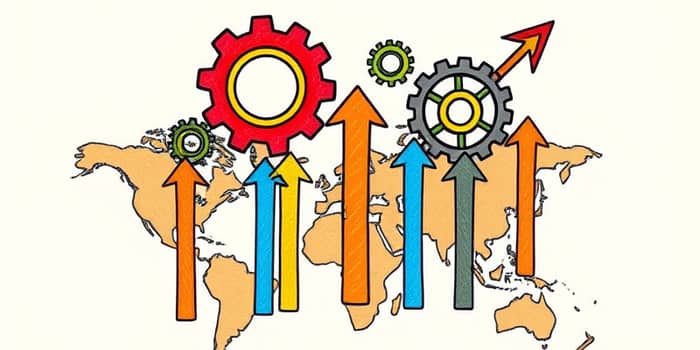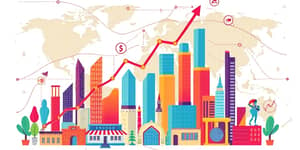
In a world where economic uncertainty and competitive pressures collide, mastering resilience through efficiency has become a defining capability. Organizations that move beyond indiscriminate cuts to embrace strategic cost optimization not only survive turbulence but also thrive and expand.
Global growth for 2025 is forecast at 2.6%, with the Eurozone trailing at 1.1%. While these figures mark a modest recovery, they underscore persistent challenges: supply chain shocks, inflationary pressures, and geopolitical tensions.
In a recent C-suite survey, 60% of executives anticipate stable or declining business volumes in 2025. Their top concerns include supply chain disruptions (45%), economic uncertainty (39%), and inflation (34%). Against this backdrop, efficiency is not optional—it is imperative.
Traditional cost cutting—a blunt instrument focused on rapid expense reduction—often sacrifices long-term viability for short-term gains. Today’s leaders champion targeted, intelligent interventions that free up capital for reinvestment.
By shifting the narrative from austerity to opportunity, companies can unlock funds to fuel innovation, technology upgrades, and workforce development.
Leading firms prioritize their five largest cost drivers for 2025:
These focus areas address critical margin pressures from skilled labor inflation, regulatory demands, logistics costs, currency volatility, and competitive markets.
High-impact programs concentrate on divisional or functional initiatives rather than blanket reductions. Key levers include:
When combined, these levers deliver rapid savings while laying a platform for continuous improvement.
Rather than parking savings, 67% of executives plan to reinvest efficiency gains into medium- and long-term growth initiatives. Top areas of focus include talent advancement, sustainability programs, operational excellence, and expansion into new regions or products.
Notably, 86% of respondents intend to channel funds into AI and advanced analytics, driving further optimization in customer service, sales, and supply chain. With 70% reporting sufficient visibility for informed decisions, organizations are poised to convert efficiency into competitive advantage.
Creating a culture of efficiency and accountability ensures that cost gains endure and compound over time, embedding continuous improvement into the corporate DNA.
Case in point: Inner Parish Security Corporation used integrated software and AI to automate applicant tracking, hiring, and shift scheduling. Despite high inflation, the firm expanded its workforce and entered new markets by reducing administrative cycle times and optimizing labor utilization.
However, many initiatives falter due to common missteps. Deloitte identifies three recurring errors:
Avoiding these pitfalls requires clear leadership commitment, robust performance metrics, and ongoing investment in digital tools.
Efficiency is not an endpoint but a catalyst. As organizations generate savings through smarter operations, they release capital that underwrites digital transformation, product innovation, and market expansion.
In turn, these investments bolster resilience against future disruptions and fuel the next wave of efficiency enhancements. Leaders who embrace this virtuous cycle establish a sustainable growth engine, ready to adapt in an ever-changing global landscape.
In 2025 and beyond, cost optimization emerges as a strategic imperative—an engine for reinvestment and competitive advantage. By pursuing cost optimization as foundation for reinvestment, companies can navigate uncertainty, empower their people, and deliver sustained growth.
References













